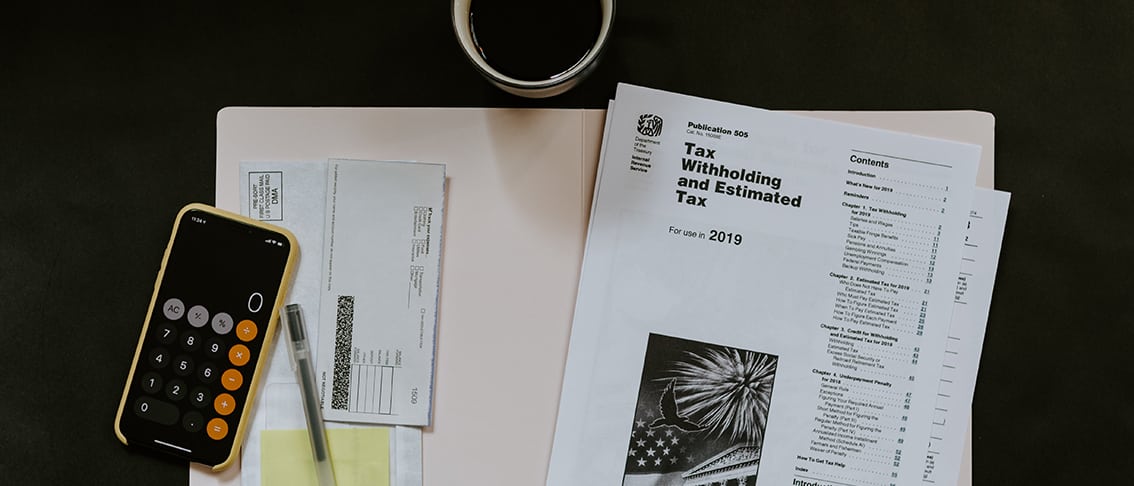While most business owners want to make their websites and brands more inclusive, many cite lack of budgets and resources as the key factors holding them back. However, with up to 59.6% of the disability community living in a household with Internet and the greater population spending more time online, website accessibility has ultimately become a need for businesses.
Not only should business leaders and marketing professionals aim to enhance their web accessibility because it’s the right thing to do, there are lesser known benefits to be aware of, including, tax benefits.
Investing in web accessibility means reaching more consumers and clients, engaging with target audiences more effectively and gaining brand loyalty among them when catering to their needs. However, for brands who need an extra push and are worried about breaking the bank with accessibility measures, there are additional perks like tax breaks to be aware of.
Web Accessibility Tax Benefits
Accessibility-related expenses, including those used to implement web accessibility, can now be claimed as tax credits in future tax returns. The IRS offers this tax credit opportunity to small businesses with Form 8826 (Disabled Access Credit Form), which lists the eligible expenses under the tax credit.
Businesses have the opportunity to receive up to 50% of qualifying expenses included under these tax credits, as long as expenses are between $250 and $10,000 in a given tax year.
Small businesses can qualify for this tax credit when meeting specific requirements. Those interested in applying include businesses with gross receipts that are $1 million or less, or those that have had less than 30 full-time employees in the previous tax year.
Up to 50% of eligible expenses can be returned with the tax credit, allowing businesses to get additional tax breaks while also ensuring accessibility for individuals with disabilities.
These tax benefits only further build the case to implement accessibility measures and not be as constrained by budgets, but without them web accessibility continues to be top of mind. With accessibility-related lawsuits on the rise by 64%, web accessibility is no longer something professionals can ignore or put on hold to address later.
Why Web Accessibility Is Important
The long-term benefits of web accessibility largely outweigh the initial costs and time it takes to implement changes. With legislation such as the Americans With Disabilities Act (ADA) and Section 508 guiding lawmakers, website accessibility has been a major focus. Title III of the ADA requires accessibility for businesses that provide services to the public, known as “public accommodations.”
In order to avoid issues with web accessibility, it’s important to learn and implement guidelines like WCAG 2 and the standards established by the Website Accessibility Initiative (WAI). Previous lawsuits like the Domino’s website accessibility case reveal that there is still an increased vigilance on business websites to ensure they meet important accessibility guidelines and practices.
While beginning to consider video accessibility and website accessibility measures may be daunting, professionals can start simply. Simple first steps such as adding alt-text to images and making sure those responsible for content are in fact adding closed captioning to video can get businesses closer to their goal of web accessibility.
Many resources exist to help businesses get started. Verbit also serves as an experienced partner, providing services to help boost video accessibility, but also guidance and expertise. With tools like Verbit’s captioning and audio description available to use and cleared by ADA guidelines, professionals can begin to make changes immediately. Some web building software companies also provide users with built-in accessibility features, making the process much easier.
It’s Time To Invest In Web Accessibility
The accessibility tax credit can support businesses starting their accessibility journey. It’s now easier than ever to get tax breaks that small businesses need to keep moving forward.
Form 8826 makes it simple for businesses to claim different types of accessibility expenses on their tax returns, including expenses used for web accessibility. In addition to this, expenses used for services that help make audio-video materials accessible to the Deaf or hard of hearing communities can be claimed as well.
For more information on how to use the accessibility tax credit for your video content, reach out. Verbit offers video accessibility services that can help support businesses who are working to make their video more accessible, including closed captioning software, live captioning and audio description.






